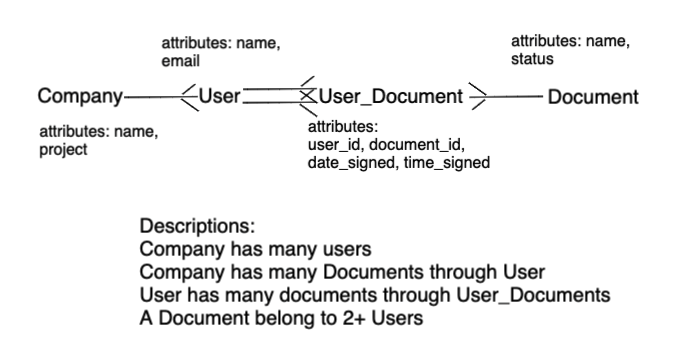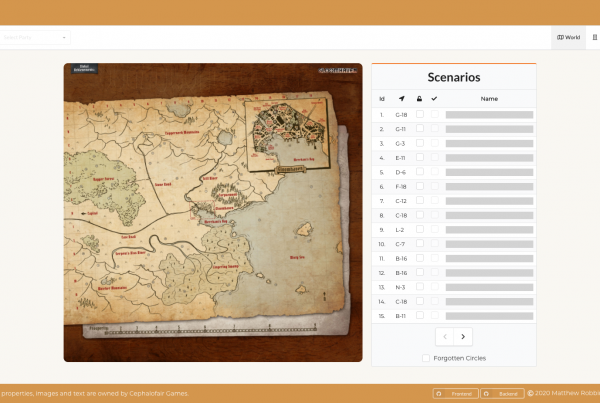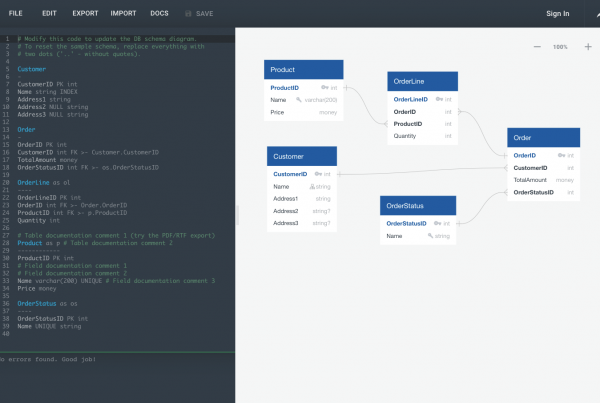
Getting Releases In The Television Industry Can Be A Challenging Process
Over the past several years in the film and television industry, I searched for a digital document signing app that could help replace the thousands of pages of paper that my work printed for contracts and releases. I needed an app that incorporated the specific needs of television production into the already existing domain model of document signing apps. It became very apparent that the current domain model should be reimagined. Let’s talk about the unique needs of the television industry and I’ll walk through an alternate domain model to fit those needs.

Imagine working on a reality television show that’s planning on filming two people talking while sitting on a bench in a park and the park is not closed to the public. Sounds simple, right?
In an ideal world, you can have what the television industry calls wide area releases, or crowd releases, at each entrance of the park that notifies passerby that filming is taking place in the park and by entering the area they are agreeing to be filmed and consenting to the use of their image and/or voice throughout the world, in perpetuity, in any and all media. While you might think this covers all bases, it actually leaves a small grey area where it’s tough to prove that someone saw the sign, read the sign, or understood the sign.
It’s this reason, why a production crew asks anyone that passes through the background to sign an appearance release and also take a photo of them. Without that appearance release and photo when editing the project, it become’s a time consuming and costly process to blur any faces that are recognizable in the background.
At most production companies this process of collecting appearance releases is almost certainly a paper heavy process. The printed releases might be more than one page and sometimes they’re not even double sided or stapled.
When the producer flags people that they saw in the shot you have to stop that person or group, explain what you’re doing, ask them to sign the release, and give them a pen. If they refuse to sign then you make a note about their appearance so the post production team can blur their face if needed. At the end of each day, there’s a crumpled and messy stack of appearance releases that you don’t want to think about digitally scanning later.

The craziest part is that this process is still preferable to digital releases.
Most digital document signing apps and programs have incredible tools to send and sign documents but the process of getting through a single document to signature in the 20 seconds you have someone’s attention is incredibly challenging. When document signing need’s to be about speed and repetition that’s where I think existing domain models begin to break down. Let’s take a look at what I believe is close to the existing domain model for digital document signing.
Existing Domain Models

There is a heavy relationship here between the user sending the document and the signers. It’s this heavy focus on the sender and recipient’s information upfront that makes many document signing apps unusable. Especially when you need someone to read and sign the document before they are “over” the process. This is made worse if you have multiple people waiting to sign that same document. That’s not to say that this information is useless but that’s where I would say the focus here should be the outcome of the document not when it’s initially created.
While looking at the domain model below imagine that the focus is on the output of the document. It doesn’t matter who sent the document or who received the document. We’re associating a document with many signature instances. It’s rare that you collect full information from a passerby that was in the background of what you were filming. You might just get their signature, first name, and a picture of them. In that sense, our document might just associate with that signature instance and that data might not associate with any domain user. The choice of what data is required would be with the company that owns the project that owns that document. They could make other data fields like email, required as needed.
Reimagined Domain Model

The truth is that sometimes in the television industry there is no relationship to the signer of a document like an appearance release.
In this model a company can say this project has these documents that will be used over and over. The document essentially becomes a template that can be duplicated quickly on a tablet. No matter who has been given the device they can initial off each section, sign the document, and enter any required information. The signature class becomes the single source of truth for all of a documents data after the document has been signed.
I spent many years searching for a release signing app or program that could fit the niche needs to the television industry. Unless the existing model of digital document signature applications incorporates quick, back to back document signing, the television industry will continue to print millions of pages of paperwork. Until then I’ll keep working on a better model.
How many appearance releases do you think I've collected in one day?
Over 200! I worked on an episode of Newlyweds that filmed a wedding with over 200 guests. Everyone had to sign an appearance release!


